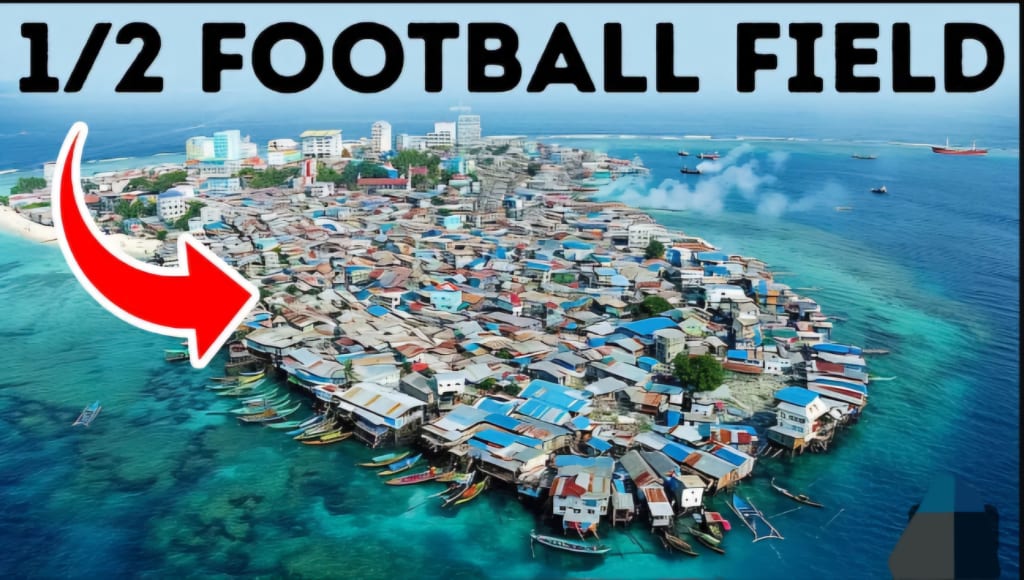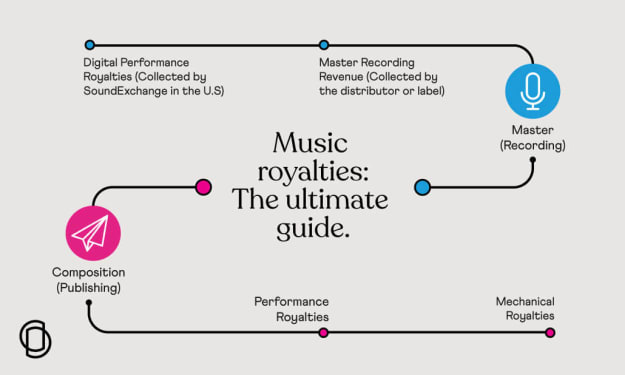The Most Densely Populated Places on Earth: Tiny Islands to Giant Cities
Exploring the World's Most Densely Populated Places

From tiny islands to sprawling metropolises, the most densely populated places on Earth push the boundaries of what we consider habitable. These areas challenge our perceptions and highlight the lengths people go to in search of better opportunities or simply to survive. In this article, we'll explore some of these incredible places, including Hong Kong, the Egyptian city of Tanta, and a tiny island in Lake Victoria, Africa.
## Hong Kong: A Vertical City
Hong Kong, with its official population of 7.5 million, is projected to reach 8.5 million by 2041. This bustling metropolis has a population density of over 18,000 people per square mile. Despite a low birth rate, the population continues to grow, driven by constant immigration attracted by the city's numerous opportunities.
### The Cost of Living and Housing Crisis
Hong Kong's high population density results in exorbitant land prices. The cost of housing is among the highest in the world, with median home prices being 18 times the median annual income. This forces many residents, particularly those with low and middle incomes, to live in high-rise buildings. Hong Kong boasts over 9,000 high-rises and more than 300 buildings that exceed 490 feet in height, surpassing even New York, Shanghai, and Dubai in terms of tall structures.
### Living in Coffin Homes
The high cost of living has led to the phenomenon of "coffin homes," where the less fortunate live in extremely cramped conditions. These apartments are often smaller than a standard parking space in the United States. One striking example is Quarry Bay's "Monster Building," a complex of five interconnected blocks with over 2,200 units housing around 10,000 people.
## Mingo Island: A Floating Fishing Village
Mingo Island, located in Lake Victoria between Kenya and Uganda, is a stark contrast to the urban sprawl of Hong Kong. This tiny island, resembling a floating turtle with its metal-tiled roofs, is home to over 100 people. The island's small size leaves little room for vegetation, with most of the surface covered in rocks and a small patch of grass hosting a few shrubs.
### The Lifeline of Fishing
The island's economy revolves entirely around fishing. Every day, the landing point transforms into a bustling fish market from noon until 2 PM. Essential supplies are brought in daily from Kenya, allowing local stores to sell everything from food to fishing equipment. The islanders not only catch fish but also gut, fry, and eat them in one of the island's 13 cafes and bars.
## Shenzhen: A Megacity's Rapid Growth
Shenzhen, China’s most densely populated city, is home to around 17.5 million people. This city faces significant challenges, including overcrowded schools and beaches, some of which have implemented booking systems to manage the crowds. What is most astonishing is Shenzhen's rapid growth; it transformed from a fishing village into a financial and economic hub within just 40 years, largely due to government support and its proximity to Hong Kong.
### A Financial Powerhouse
Today, Shenzhen stands as one of the busiest container ports globally, alongside Shanghai and Singapore. The city has also seen the fastest growth in millionaires over the past decade, with an increase of 140%, outpacing other major Chinese cities like Beijing and Shanghai.
## Île-à-Vache: A Caribbean Community
Île-à-Vache, a tiny Caribbean island off the coast of Haiti, is one of the most densely populated islands in the world. With about 500 residents crammed into an area of just 0.4 hectares, this island presents a unique blend of challenges and resilience.
### The Heart of the Island
Navigating through the island's maze of alleyways and thatch-covered huts, you eventually reach the modest town square, equipped with two solar street lights. The community's main activities revolve around fishing, with many men leaving the island during the day to fish. The island's economy is sustained through fishing and related activities like boat repair and net mending, while children spend their days swimming.
## Tanta: Egypt’s Cotton Capital
The city of Tanta in Egypt is another example of extreme population density, with about 70,000 people per square mile. For comparison, New York City has slightly under 30,000 people per square mile. Located between Cairo and Alexandria, Tanta has grown from fields to a large, crowded city, primarily due to its role in Egypt’s cotton industry.
### A Hub of Festivals and Industry
Tanta's significance extends beyond agriculture; it became a key stop on the railway network in 1856, facilitating cotton exports to Europe. The city also hosts the annual celebration of the cotton harvest in late October, attracting 3 million visitors from around the Arab world for an 8-day festival. Tanta is renowned for its sweet candy made from gelatin, coconut, sesame, peanuts, and chickpeas, which are especially popular during the festival. Additionally, Tanta is a university town, home to Tanta University, established in 1972.
## Malé: The Capital of the Maldives
Malé, the capital city of the Maldives, has a population density of about 49,000 people per square mile. This city faces unique challenges due to its geographical location, with 80% of the land sitting just 4 feet above sea level. Rising sea levels threaten the city, forcing the creation of artificial islands like Hulhumalé to alleviate population pressure.
### Urban Expansion and Challenges
The Maldives consists of over a thousand islands, with only 188 inhabited, most with fewer than 1,000 residents. As more Maldivians migrate to Malé, the city struggles to accommodate them, necessitating the construction of sea bridges and artificial islands to provide housing.
## Conclusion: The Limits of Human Habitation
From the towering high-rises of Hong Kong to the tiny, rock-covered Mingo Island, these densely populated places showcase human resilience and adaptability. Each location presents unique challenges, from exorbitant housing costs to limited natural resources, yet people continue to thrive. These examples highlight the lengths to which people will go in their search for better lives, often pushing the limits of what we consider habitable.
Understanding these densely populated places gives us insight into the diverse ways people live and adapt to their environments. As populations grow and urban areas expand, studying these examples can help us find sustainable solutions for the future. If you
About the Creator
Enjoyed the story? Support the Creator.
Subscribe for free to receive all their stories in your feed. You could also pledge your support or give them a one-off tip, letting them know you appreciate their work.





Comments
There are no comments for this story
Be the first to respond and start the conversation.